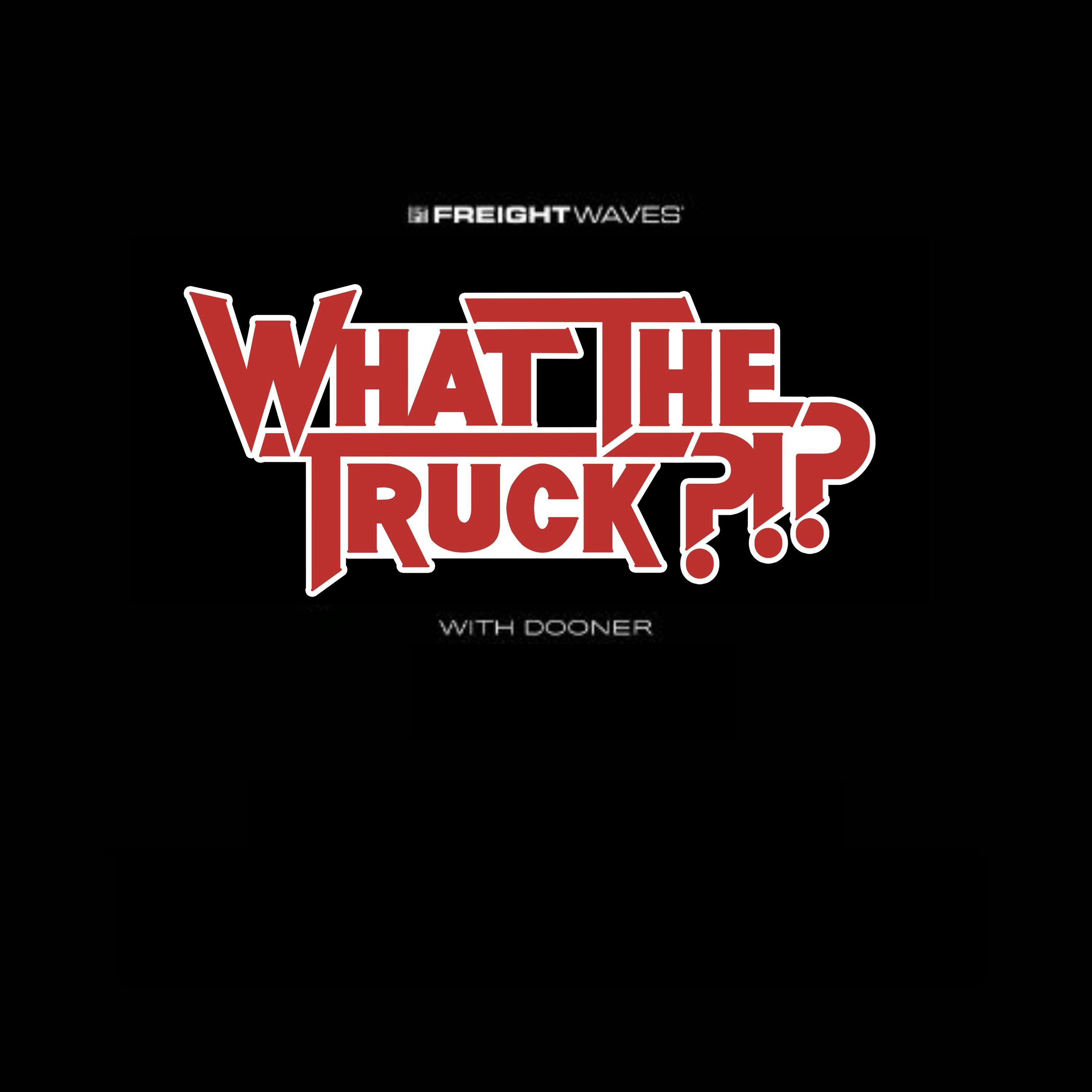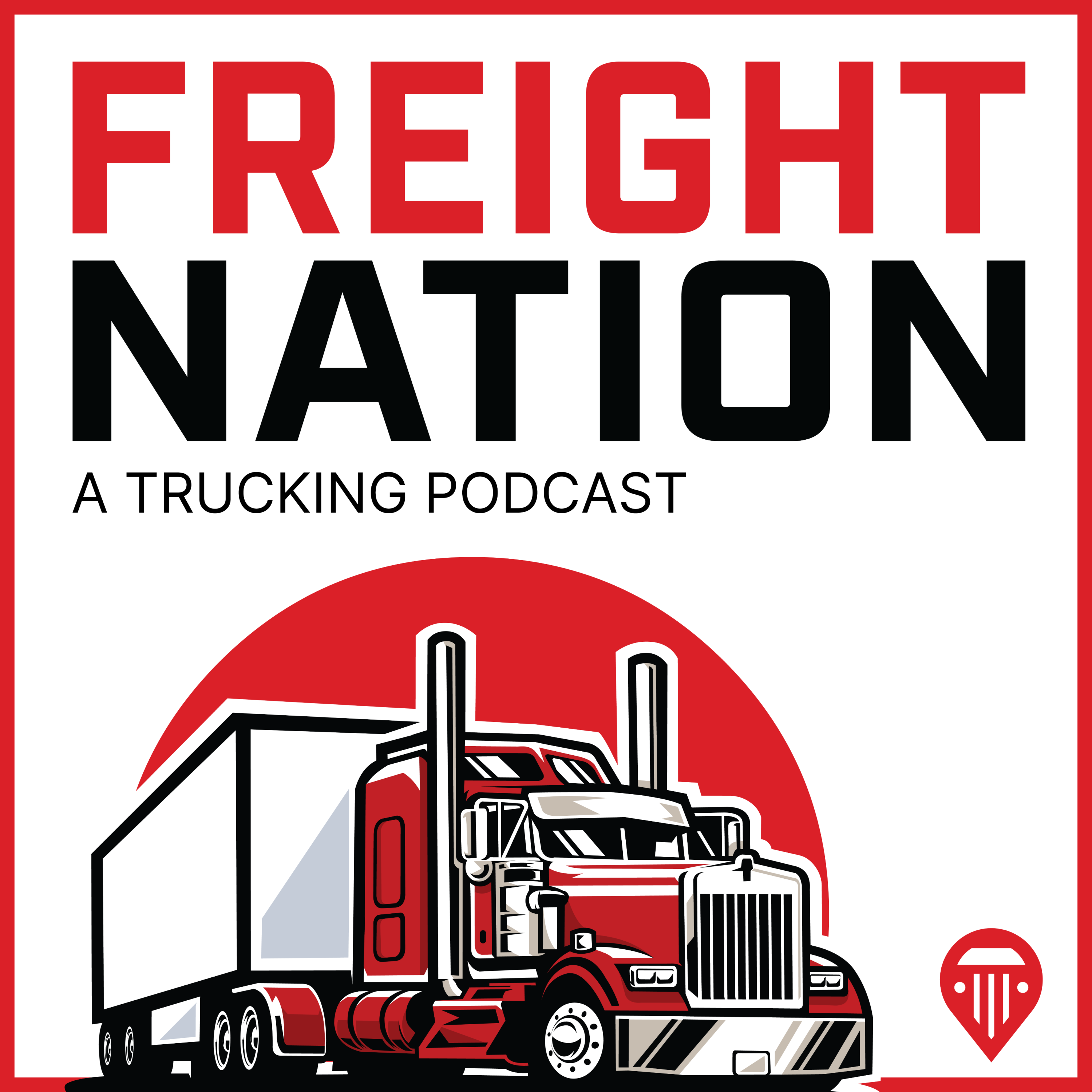
Logistics at a Crossroads
Where freight meets real life.
Hosted by Gia — logistics veteran, cancer survivor, and truth-teller — “Logistics at a Crossroads” explores the industry, identity, and the grit it takes to keep showing up. Freight. Feelings. No filter.
Logistics at a Crossroads
🎙️ Episode 29: Tariffs Are Shifting—But the Fallout Isn’t Over
145%. That’s where tariffs on Chinese imports currently sit. Now? The U.S. might drop them below 60%—or maybe just to 80%.
Sounds like relief, right?
Not quite. For logistics professionals, it’s not a reprieve—it’s another round of planning limbo.
This episode unpacks what’s really happening behind the headlines:
📦 Why freight planning doesn’t bounce back just because tariffs fall
🧠 How policy whiplash is reshaping supply chain trust
📉 What happens when business strategy is built on reactive mode
Even as Chinese exports to the U.S. fall 21%, the damage is already in motion—disrupted timelines, renegotiated contracts, and uncertainty baked into every lane.
Tariffs aren’t just taxes. They’re signals.
And when those signals shift on a dime, freight doesn’t flow. It hesitates.
🎧 New episodes every week.
Follow Logistics at a Crossroads on your favorite podcast platform.
📬 Want to connect?
Find me on LinkedIn: linkedin.com/in/reginahunter
Visit the blog: giakat.blogspot.com
Welcome back to Holding the Line: A Logistics at a Crossroads Podcast.
I’m Gia—and today, we’re wading back into the topic that just won’t stay still: tariffs.
Now, I know what you’re thinking—we’ve been here before. And you’re right.
But today’s twist? The U.S. might be backing off a bit.
Right now, tariffs on Chinese imports sit at a staggering 145%. That’s not a typo.
And yet, reports say the U.S. may slash those down to somewhere below 60%.
President Trump even tossed out 80% as a “reasonable” target.
[Short Pause]
Look—on paper, that sounds like relief.
But for those of us in logistics, this isn’t relief. It’s a reframe.
It’s a headline that sounds hopeful—but hits differently on the warehouse floor.
Because planning around maybes doesn’t move freight.
It stalls it.
[Segment 1: Policy Whiplash]
We’ve been living under tariff pressure for years.
We built sourcing strategies, contract pricing, and staffing plans around a 145% tariff environment.
Factories shifted production timelines.
Distributors renegotiated long-term deals.
Shippers rerouted vessels.
And now?
We’re asked to pivot—again.
Mid-contract. Mid-quarter. Midstream.
This is what I call policy whiplash.
And it’s exhausting.
And it’s not just the U.S.-China lanes anymore.
Canada has stepped into the volatility, too.
Negotiations between the U.S. and Canada on a new metals framework stalled in June, leaving exporters in limbo.
Canadian ports are seeing surge volumes of diverted shipments—and customs inspections are adding days, sometimes weeks, to cross-border moves.
Policy whiplash doesn’t respect borders.
It just spreads.
[Segment 2: The Real Cost of Volatility]
Let’s be clear—tariff reductions won’t undo the backlog.
They won’t refill the containers that didn’t get booked.
They won’t rebuild trust overnight.
Because this kind of volatility?
It comes with a cost.
For some perspective, just look at what’s happening right now.
Over the past year and a half, U.S. importers have absorbed about 12 billion dollars in extra tariff costs. Customs holds have climbed 24%, and if you’re shipping across the U.S.-Canada border, you’re probably feeling it—clearance times have stretched out by an extra three to five days on average.
Freight forwarders? They’re quoting spot rates that bounce around almost 30% more than they did last year. And warehouses in places like LA, Chicago, and Toronto are packed—over 90% full.
This isn’t just a line item in a quarterly report.
It’s the day-to-day reality that makes every plan feel outdated before the ink is dry.
We don’t reroute supply chains with a flick of a pen.
We don’t flip a switch and reset port operations or carrier contracts.
We rework.
We reforecast.
We reprice.
And all of that takes time—time we weren’t given.
And in Canada’s case, time is running thin as exporters scramble to find new routes to Europe and Asia before the next round of tariffs or policy shifts hits.
[Segment 3: The Illusion of Clarity]
If tariffs can drop from 145% to maybe 60%, or maybe 80%, then what are we really doing here?
What’s the long-term signal?
Because here’s the thing—tariffs aren’t just taxes.
They’re a barometer of trust.
Trust that businesses can plan.
Trust that the rules won’t shift every quarter.
Trust that investments made in Q1 won’t be rendered useless by Q3.
Right now, we’re seeing the opposite.
Rush orders.
Hedged inventory.
Freight sitting at ports because someone’s waiting to see what might change next week.
And here’s the kicker—Canadian exports to the U.S. are already down about 8% compared to last year, mostly because trade talks hit a wall. At the same time, intermodal volumes moving through Vancouver have jumped 18% as companies try to find any path that feels more predictable.
Even if you’re not dealing with cross-border freight, you’re seeing the ripple effect.
Lead times on big shipments have stretched out by anywhere from 12 to 20 days, which makes it nearly impossible to give a delivery date you can stand behind.
That’s not clarity.
That’s confusion dressed up like progress.
[Segment 4: Freight Hesitates When Trust Breaks]
Let me say that again:
Freight hesitates when trust breaks.
And that hesitation?
It trickles down.
To planners juggling updated ETAs that are already wrong.
To drivers rerouted mid-haul.
To operators fielding calls from every direction—“Where’s my order?” “What’s the new duty rate?” “Why did the cost spike?”
Tariffs touch all of that.
Not just at customs.
But in the chaos they leave behind.
And Canada’s trade uncertainty has only added more layers—more paperwork, more contingency plans, more questions nobody has a straight answer for.
[Segment 5: Is This De-escalation or Just Delay?]
So yes—if this is a move toward de-escalation, we welcome it.
But don’t confuse it with resolution.
We are still living inside a reshaped supply chain.
One built under pressure.
One that learned to react—not rest.
And until we see real signals of stability—not just numbers tossed around for political play—we remain on alert.
Planning doesn’t restart with a tweet.
It restarts with trust.
And right now, that trust is still on backorder.
[Closing Segment]
So what do we do now?
We stay aware.
We push for clarity.
We advocate for the voices on the ground—the ones absorbing the whiplash while the headlines chase spin.
Because in logistics, it’s not about what’s promised.
It’s about what’s delivered.
And we’re still holding the line.
[Brief pause]
Until next time, just keep steady moving forward—and remember, I’ll be navigating the crossroads right along with you.










